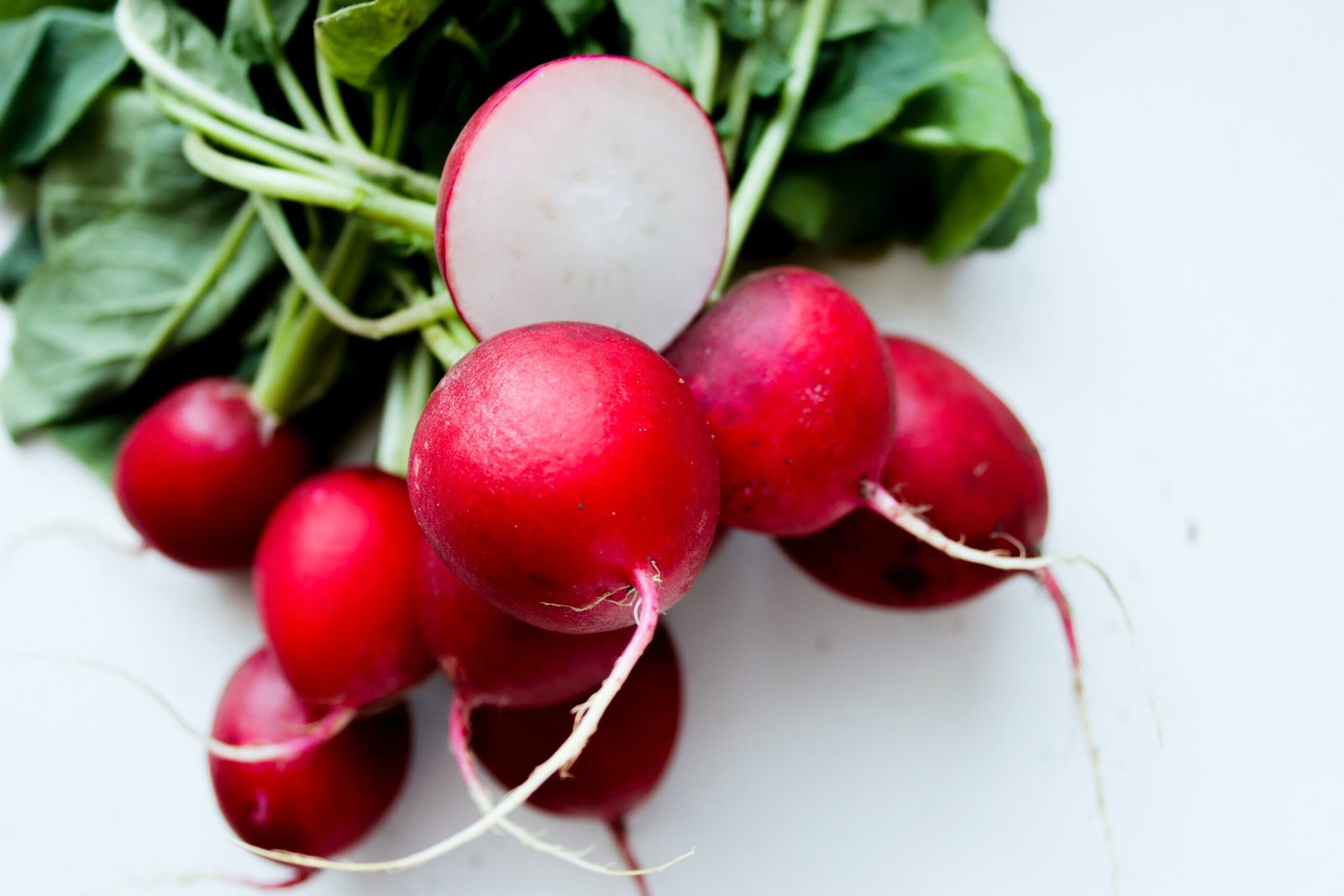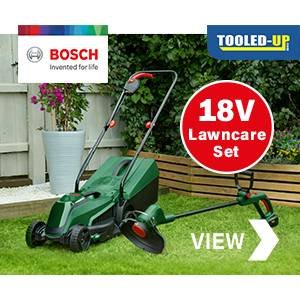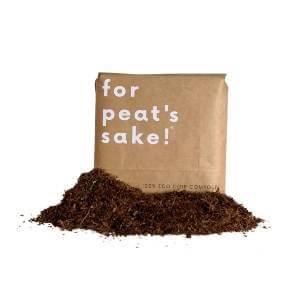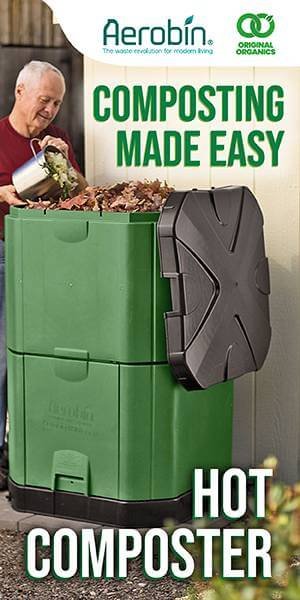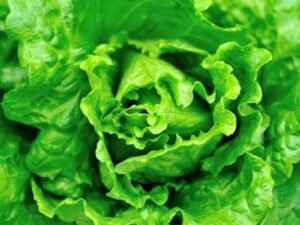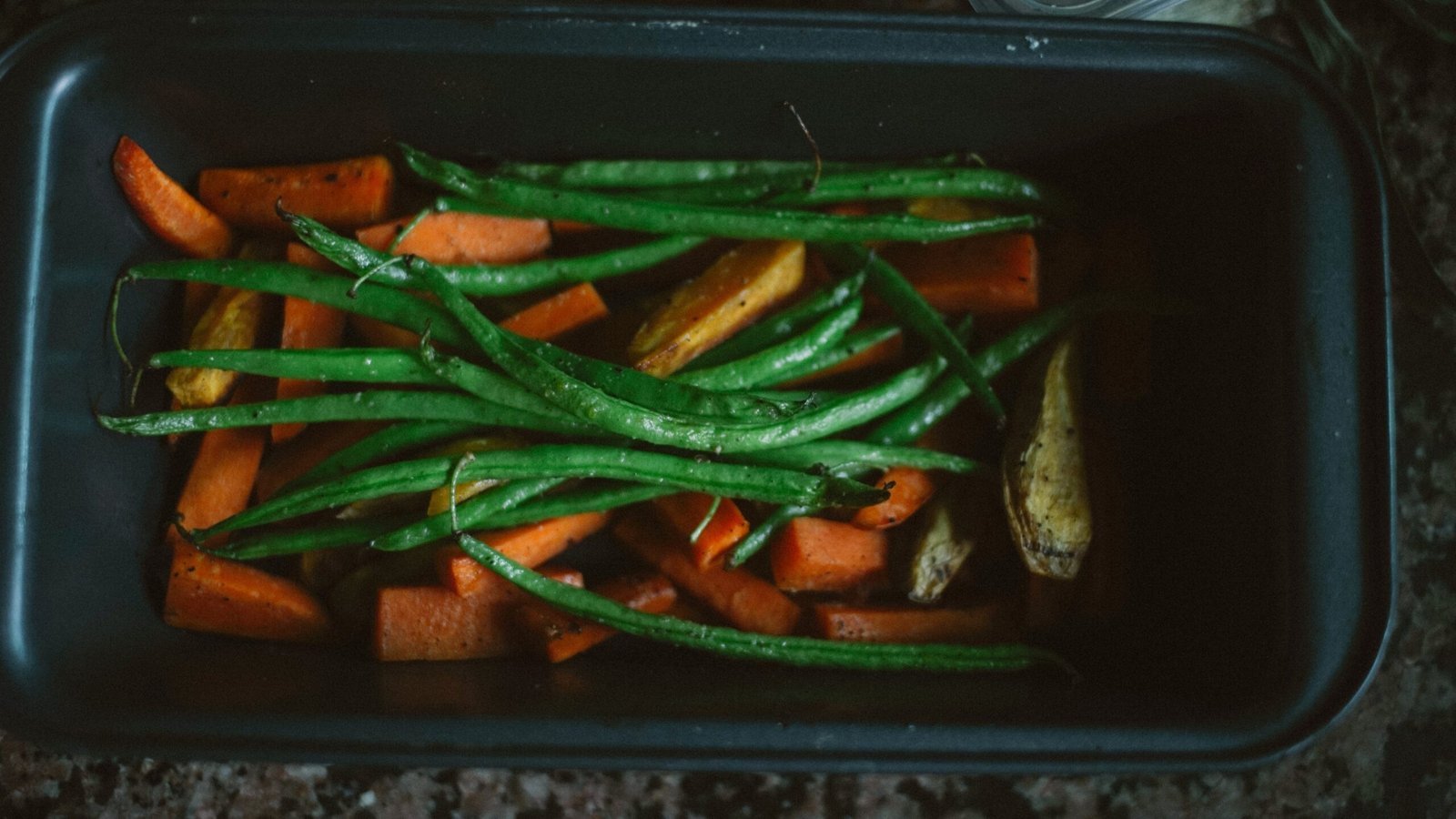Introduction
Welcome to the ultimate guide on how to grow tasty and nutritious radishes right in your own backyard in the UK. Whether you’re an experienced gardener or a beginner, growing radishes is a rewarding and straightforward process. In this step-by-step guide, we’ll cover everything you need to know to successfully cultivate these vibrant root vegetables.
Why Should I Grow Radish?
Radishes are not only delicious but also packed with essential nutrients. They are a great source of vitamin C, fiber, and antioxidants, making them a healthy addition to your diet. Growing radishes at home allows you to enjoy their crisp and peppery flavor while ensuring they are free from harmful pesticides.
Where is the Ideal Location to Grow Radish?
Radishes thrive in cool weather, so it’s best to choose a location that receives partial sun, especially during the warmer months. A spot with well-drained soil and good air circulation is ideal for their growth. If you have limited space, don’t worry! Radishes can be grown in pots or containers on your patio or balcony.
Soil Type and Preparing the Soil
Radishes prefer loose and fertile soil with a pH level between 5.8 and 6.8. Before planting, ensure the soil is well-drained and free from rocks or debris. Incorporate organic matter, such as compost or well-rotted manure, to improve soil fertility and texture. Remember to remove any weeds before sowing the radish seeds.
Watering Tips and Hints
Radishes require consistent moisture to develop properly. Water them regularly, keeping the soil evenly moist but not waterlogged. Avoid overhead watering to prevent the development of fungal diseases. Mulching around the plants will help retain moisture and suppress weed growth.
Sowing and Planting Radish
Radishes can be directly sown in the ground or containers. Make shallow furrows about half an inch deep and space them around one inch apart. Sow the seeds thinly along the furrows and cover them with a thin layer of soil. Ensure proper spacing between rows to allow air circulation and easy harvesting.
How to Grow Radish from Seed
Radish seeds germinate quickly, usually within a week. To promote germination, keep the soil consistently moist and maintain a temperature between 50°F and 70°F. Once the seedlings emerge, thin them out to prevent overcrowding, leaving only the healthiest plants with enough space to grow.
How to Plant Out Radish – General Care for Radish
As the radish plants grow, it’s important to provide them with adequate care. Thin them further if needed, ensuring a spacing of at least two inches between plants. Regularly remove weeds to avoid competition for nutrients and water. Applying a balanced organic fertilizer once or twice during the growing season can help promote healthy growth.
How to Harvest Radish
Radishes are generally ready for harvest within 20-30 days after sowing. To check if they are ready, gently pull one from the soil. If the root is firm and reaches the desired size (usually around one inch in diameter), it’s time to harvest. Use a garden fork or your hands to carefully lift the radishes from the ground.
How to Store Radish
After harvesting, remove the radish tops and store them separately. Place the radishes in a perforated plastic bag or a container lined with damp paper towels. Store them in the refrigerator, where they can stay fresh for up to two weeks. Remember, radishes taste best when consumed soon after harvesting!
Problems with Growing Radish – Common Pests and Diseases
While radishes are generally trouble-free, they can occasionally face some pests and diseases. Common pests include flea beetles, aphids, and root maggots. To prevent these issues, practice crop rotation, use row covers, and keep your garden clean. If diseases like damping-off or powdery mildew occur, remove affected plants promptly and improve air circulation.
Where to Buy Radish
You can find radish seeds at your local garden centers or nurseries. Additionally, many online retailers offer a wide variety of radish seeds, including heirloom and organic options. Choose reputable sources to ensure the quality and viability of the seeds.
What are the Best Radish Varieties to Grow and Why?
There are numerous radish varieties to choose from, each with its own unique characteristics. Some popular choices for UK gardeners include ‘French Breakfast,’ ‘Cherry Belle,’ and ‘Sparkler.’ These varieties are known for their excellent flavor, quick growth, and resistance to bolting. Experiment with different varieties to find your personal favorites!
What Tools Will I Need to Grow Radish?
Growing radishes requires minimal tools. Here are a few essentials:
- Garden fork or trowel for soil preparation
- Rake for leveling the soil
- Watering can or garden hose for irrigation
- Hand pruners for harvesting
Conclusion
Now that you have all the information you need, it’s time to start growing your own radishes at home in the UK. With their fast growth and delicious flavor, radishes are a perfect choice for both experienced and novice gardeners. Enjoy the satisfaction of harvesting your homegrown radishes and savor their crispness in salads, sandwiches, or as a healthy snack!
Frequently Asked Questions
Q: Can I grow radishes indoors?
A: While radishes prefer outdoor conditions, you can grow them indoors with sufficient light and proper care. Choose varieties suitable for container gardening and place them near a sunny window or under grow lights.
Q: How often should I fertilize radishes?
A: Radishes have modest fertilizer requirements. Applying a balanced organic fertilizer once or twice during the growing season is usually sufficient. Avoid excessive fertilization, as it can lead to lush foliage and stunted root development.
Q: Can I save radish seeds for future planting?
A: Absolutely! Allow a few radish plants to bolt and produce seed pods. Once the pods turn brown and dry, collect them and store the seeds in a cool, dry place. Radish seeds can remain viable for several years.
Keywords: growing radish, growing radishes, growing radishes in pots, growing radishes uk, fastest growing radish, growing radishes in containers uk, growing radishes indoors

